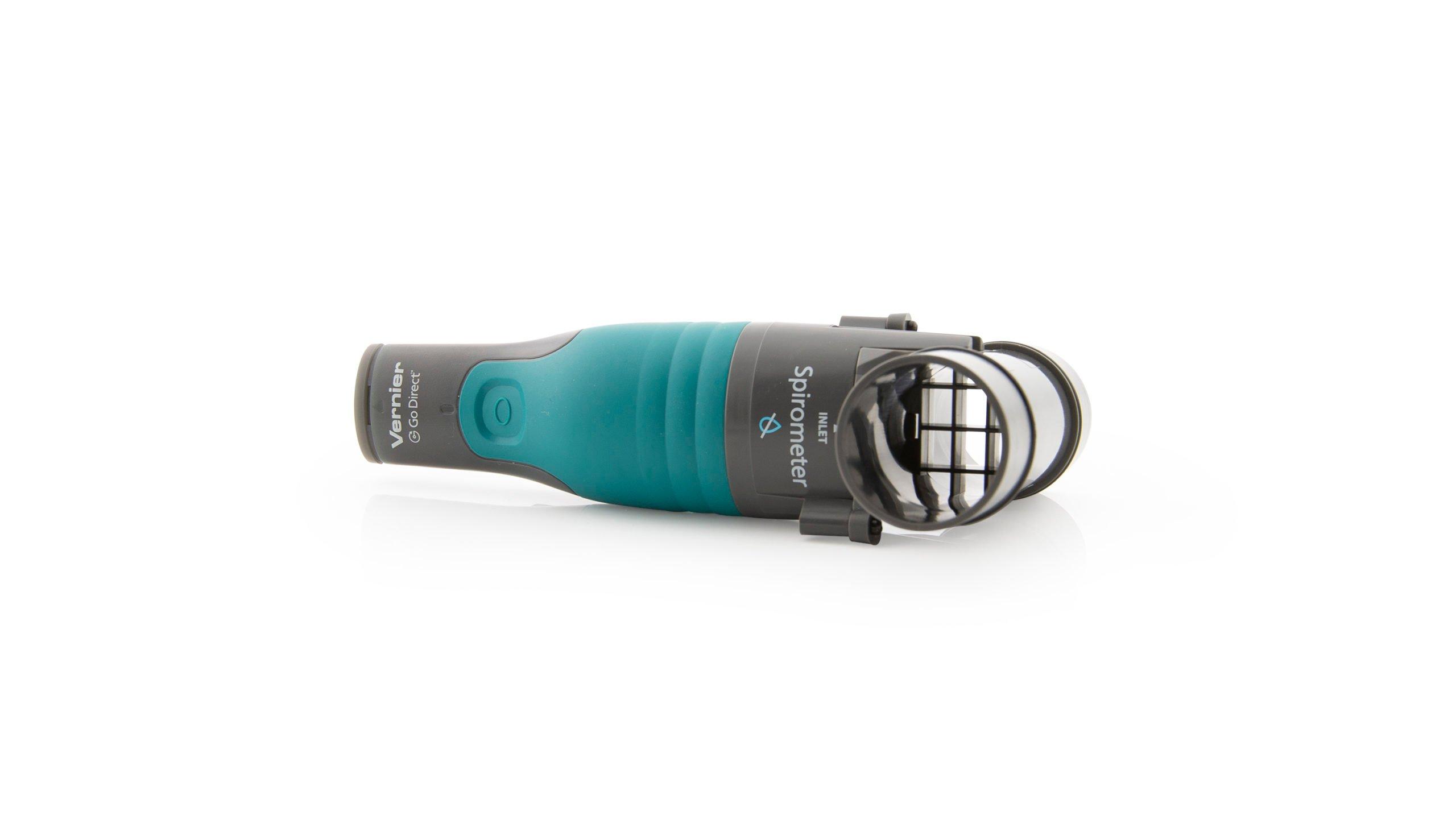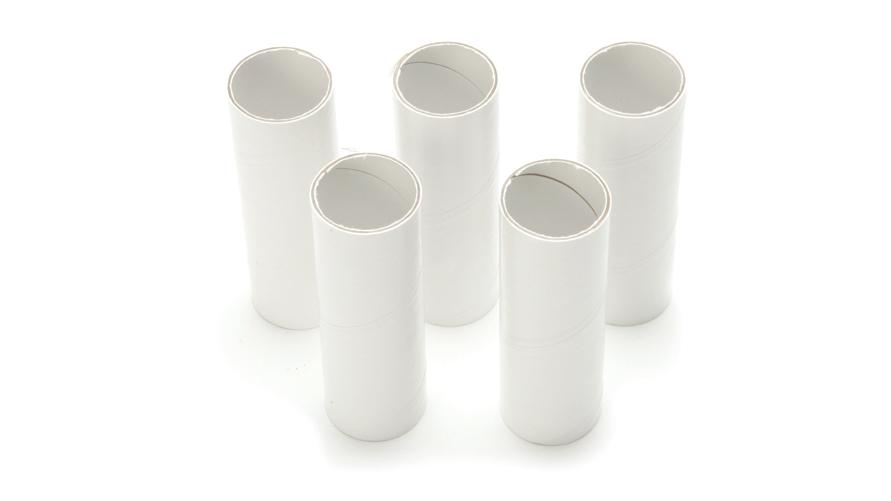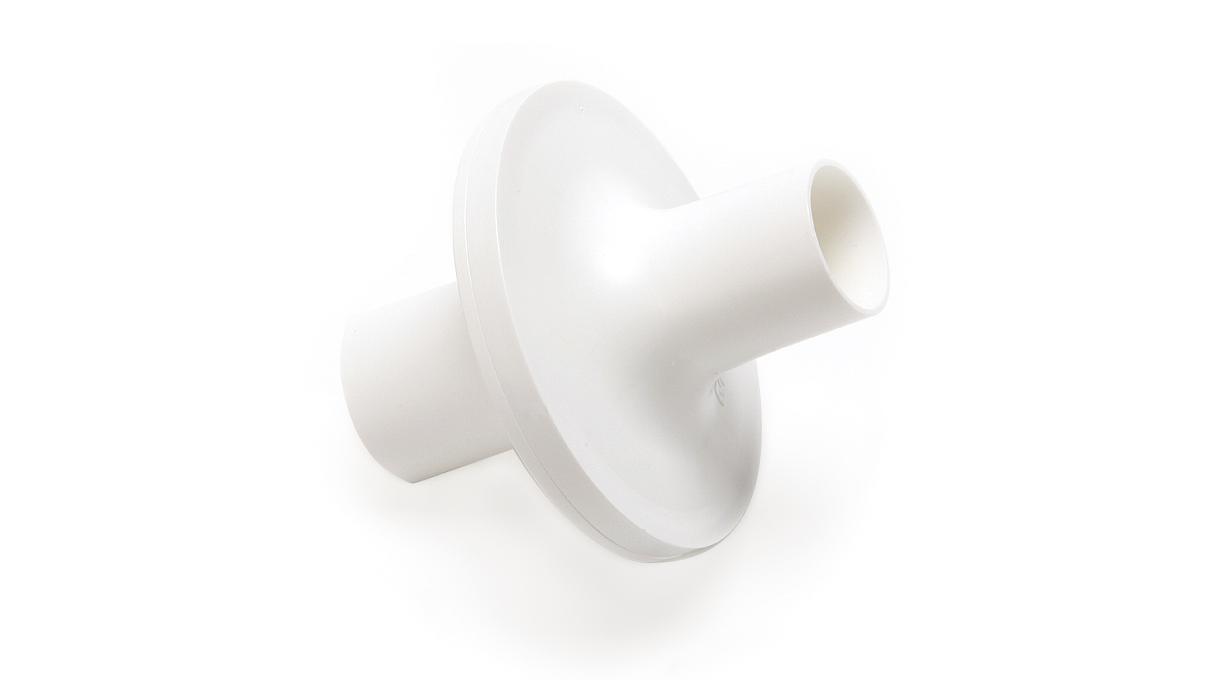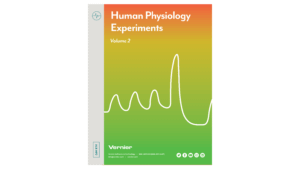Introduction
Body position and posture affects the mechanics of breathing. Two major factors in air movement are the elasticity of the lungs (known as compliance) and the mechanical resistance to air movement caused by non-elastic tissues. Changing the position of the body can increase the mechanical forces that alter resistance to air movement. For example, the weight of organs in the abdominal cavity can help expand the thoracic cavity when standing or sitting by pulling the diaphragm downward and reducing resistance to air movement. However, when lying down, the same weight of organs presses against the diaphragm, increasing resistance to airflow and reducing thoracic cavity volume. In addition, the location of the lungs in the anterior compartment of the thoracic cavity makes them further vulnerable to mechanical pressure when the body is lying in a prone position versus a supine position. For these reasons, medical professionals monitor the lung function of bedridden patients with compromised respiratory capacity very closely, as they are particularly vulnerable to poor ventilation that can lead to hypoxia.
The following terms are some common lung function parameters that can be measured with a spirometer:
Tidal Volume (TV)
The volume of air breathed in and out without conscious effort
Inspiratory Reserve Volume (IRV)
The additional volume of air that can be inhaled with maximum effort after a normal inhalation
Expiratory Reserve Volume (ERV)
The additional volume of air that can be forcibly exhaled after normal exhalation
Vital Capacity (VC)
The total volume of air that can be exhaled after a maximum inhalation:
In this experiment, you will use a spirometer to measure lung volumes during normal breathing and with maximum effort. You will take measurements first while the subject is sitting and then while the subject is standing. Important: The equipment used in this experiment is for educational purposes only and should not be used to diagnose medical conditions.
Objectives
- Obtain graphical representation of lung capacities and volumes.
- Compare lung volumes between subjects in sitting and standing positions.
Sensors and Equipment
This experiment features the following sensors and equipment. Additional equipment may be required.
Ready to Experiment?
Ask an Expert
Get answers to your questions about how to teach this experiment with our support team.
- Call toll-free: 888-837-6437
- Chat with Us
- Email support@vernier.com
Purchase the Lab Book
This experiment is #8 of Human Physiology Experiments: Volume 2. The experiment in the book includes student instructions as well as instructor information for set up, helpful hints, and sample graphs and data.




